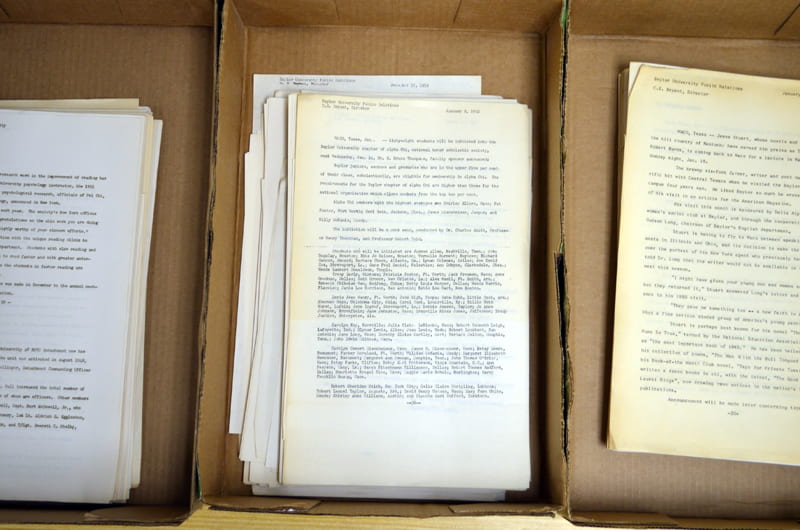One thing we’ve learned about digitizing Baylor’s unique collections is the importance of front-end planning for the overall success of a project. It’s the crucial step that separates a “well, that went smoothly” project from a “nightmare of epic proportions” project. The challenge with workflow planning is that it’s the least glamorous part of almost every project, so giving it…
Month: June 2012

(Digital Collections) Stop the Presses, Start the Scanners: Digitizing Baylor’s News Release Archive
It’s hard to imagine given the pervasive nature of the media outlets available today – from the major broadcast networks, cable news networks, blogs, microblogs, social media avenues and more – but there was a time when the concept of a press release didn’t exist. The content readers found in their daily newspaper or heard over the air on their…
(Digital Collections) Getting to Know the Black Gospel Music Restoration Project (BGMRP)
One of our bigger projects here at the Digitization Projects Group is the Black Gospel Music Restoration Project (BGMRP). Established in 2008, it seeks to preserve America’s proud tradition of black gospel music through digitization, access, and new research. From the earliest days of the project, we established a blog for interested parties to track our progress. Now, as part…
